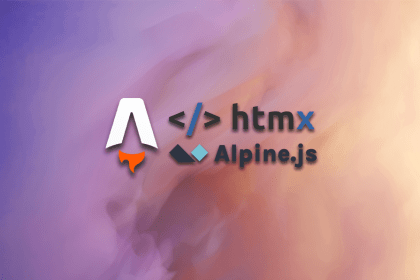
Build a secure file upload system using Astro’s server-side rendering, Cloudinary’s SDKs, and native integration.

Implement secure authentication and role-based authorization in Astro using JWT, SSR, and Astro middleware for protected routes.

Astro, renowned for its developer-friendly experience and focus on performance, has recently released a new version, 4.10. This version introduces […]

Explore the challenges of manually fetching data from external APIs and how to easily do so using the Hygraph CMS.

Astro v4.8 ships with server actions and request rewriting. Let’s see how to use these long-awaited (though still experimental) features.

The AHA stack — Astro, htmx, and Alpine — is a solid web development stack for smaller apps that emphasize frontend speed and SEO.

Learn to set up a completely custom Astro ecommerce implementation that’s also highly performant and type-safe in this straightforward guide.

Explore Docusaurus and Starlight for building and customizing documentation websites, comparing their features such as sidebars, light/dark mode, and tabs.

Astro brings simplicity, speed, and a stellar DX. Let’s explore what makes Astro such a compelling framework for your next project.

Astro integrations are key to customizing your site’s behavior. Learn how to insert them in the right areas of the hooks lifecycle here.

Astro was the first major platform to adopt the View Transitions API for desktop apps and websites. Learn how to incorporate it here.

Astro, the popular frontend framework, added middleware in a recent release. Learn how to use Astro’s middleware in this post.